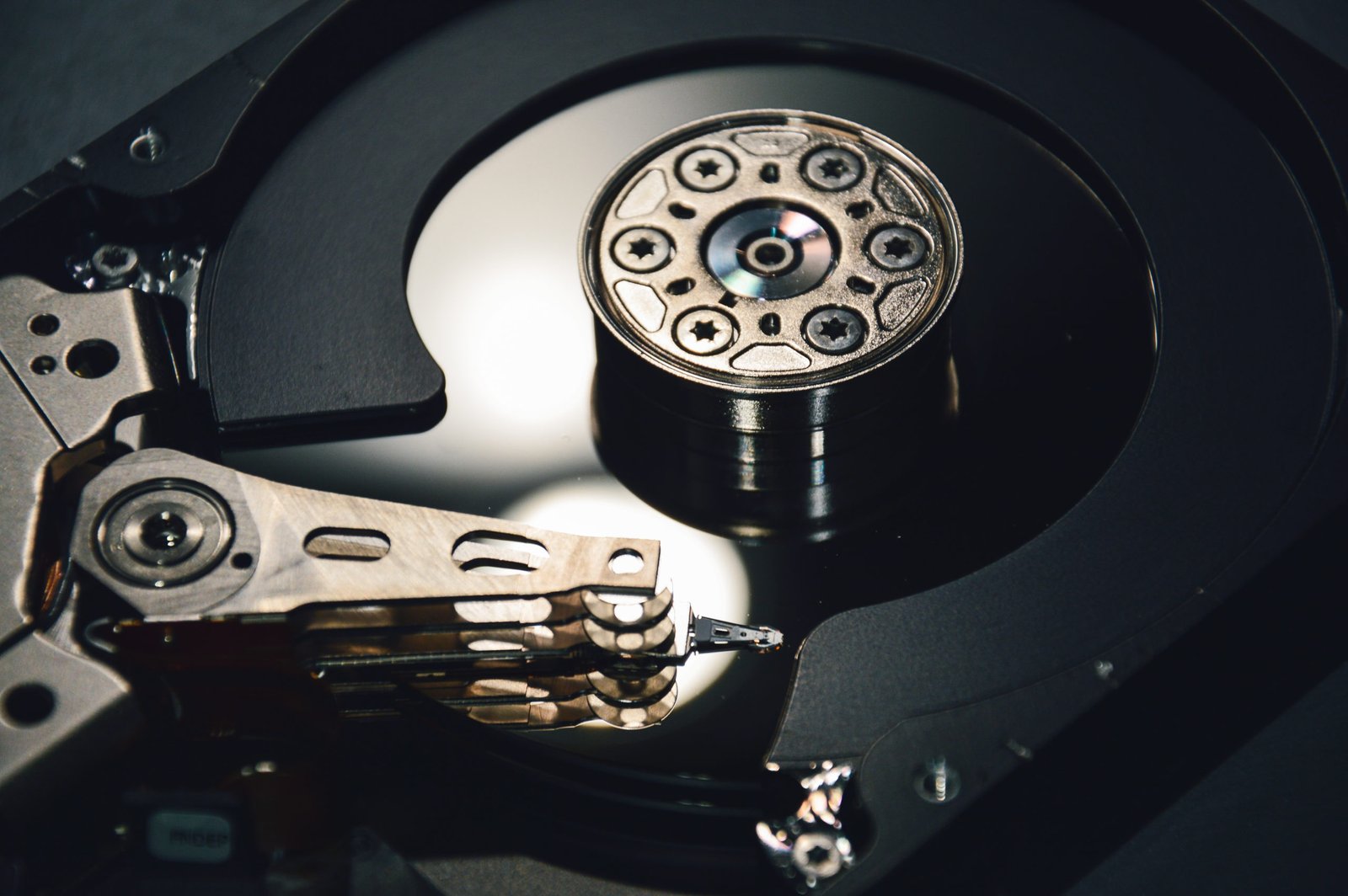In this modern age, advancements in technology are growing astronomically, all while decreasing in physical size. This has never been more prominent than in computer hardware. Computers are moving to smaller spaces, and with them so are their storage drives. After the advent of solid state drives, placing SSDs in thinner designs such as Ultrabook’s became commonplace. Still, the industry standard SATA interface had to be incorporated to ensure crucial older models still functioned correctly. Thus, sparked the design of the mSATA interface. It was created with the purpose to serve as a thin profile card that is still work seamlessly with the SATA interface. With SATA 3.0 standards limiting the performance of SSDs, a new solution was in order. Originally deemed the Next Generation Form Factor, under the SATA version 3.2 specifications, this modern interface has finally been standardized into the new M.2 interface.
What is M.2?
M.2 (pronounced as “M-Dot-Two”) is a specification for computer expansion cards and connectors. M.2 is a physical form standard, meaning it can be PCIe/SATA/USB etc or several at once. The overall area of the M.2 design was reducing the size of the storage device. This was successful various ways. First, a design was crafted narrower than the mSATA form factors before. M.2 cards have only 22mm of width in comparison to the 30mm of mSATA. What creates separation between the two is the M.2 cards can provide more space and higher capacities by support longer lengths of up to 110mm. The M.2 interface adds significant computer storage and the ability to improve the performance of your system.
NvME
Established by an association of manufacturers precisely for SSDs to overcome the bottleneck of speed imposed by the older SATA connection NVM Express is the latest high performance and optimized protocol, and compliments PCIe technology. By design, NVM Express gives systems the ability to fully exploit the levels of performance possible in modern SSDs. In result, you can expect multiple performance improvements in comparison to preceding interfaces, including reduced latency. NVM Express devices occur both in the arrangement of standard-sized PCI Express expansion cards and as 2.5-inch form-factor devices that offer a four-lane PCI Express interface through the U.2 connector. M.2 specification for internally mounted computer expansion cards and SATA Express storage devices and support NVM Express as the logical device interface.


